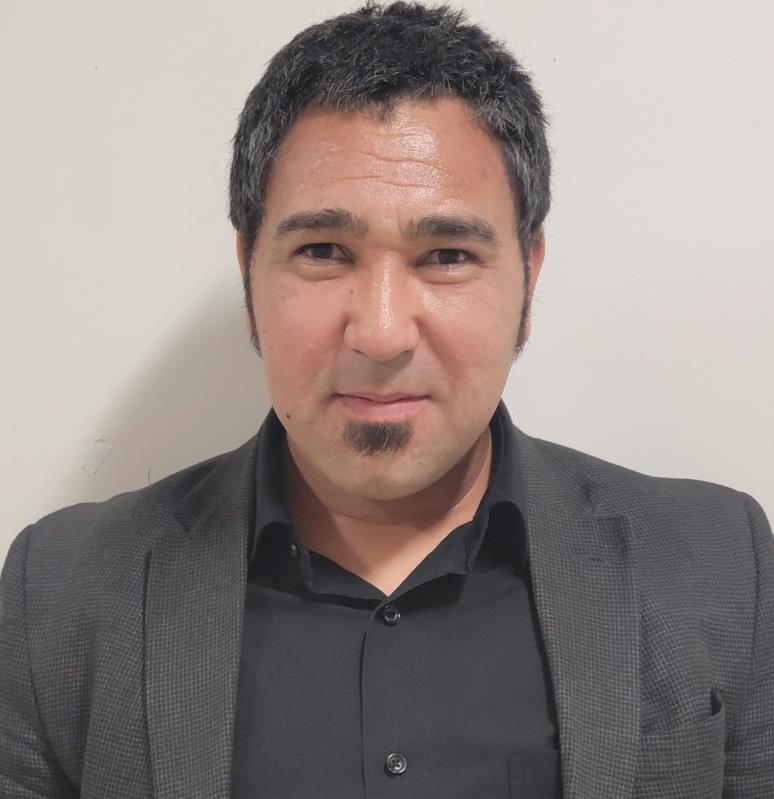6/17/2025
My research interests include exploration of pathologies during the development of diabetes and dietary treatment methods. I am particularly interested in investigating functional changes in pancreatic, muscular and cerebral microvasculature…
6/17/2025
The lab has two related areas of interest: 1) development of red cells and platelets within bone marrow precursors, and 2) the effects of iron deprivation on red cell and…
6/17/2025
Biological processes ranging from gene transcription to behavior oscillate and are synchronized to the 24-hour day/night cycle. Mammalian circadian rhythms, orchestrated by the hypothalamic suprachiasmatic nucleus (SCN) allow appropriately timed…
6/17/2025
Research in the Güler Malaria Lab focuses on the human-infective malaria parasite, Plasmodium falciparum. Some of our projects are described below: ·We are interested in underlying mechanisms that drive genetic change…
6/17/2025
Why do some animals have the ability to regenerate certain tissues and organs, while others have lost this capacity? The study of regenerative biology and medicine have shown that the…
6/17/2025
As Paleolithic hunter gatherers, the human diet was relatively low in fats and simple carbohydrates. Technological advances, beginning with the agricultural revolution 12,000 years ago and culminating with the mechanization…
6/17/2025
The etiology of many cardiovascular diseases can be traced to the microcirculation, which is the primary focus of the Isakson lab. For example, high blood pressure as well as strokes…
6/17/2025
Introduction: Mitochondria are often pictured in biology texts as static, individual organelles, when in reality they form highly dynamic and mobile networks constantly undergoing fusion and fission. Research in the last…
6/17/2025
The research interests in the Kaya Lab lie in the mechanistic understanding of pathways regulating cellular aging and age-related disease progression. We believe that a strong understanding of biological problems…
6/17/2025
Our research focuses on cancer with a special interest in glioblastoma, the most aggressive tumor type of the brain which to date is still considered a deadly disease. Our lab…










